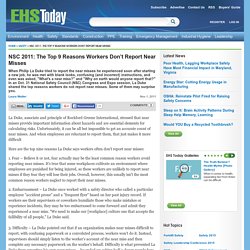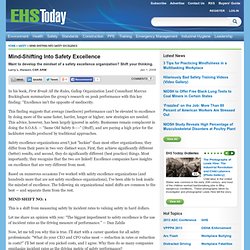

Www.uos.harvard.edu/ehs/safety/toolbox_talk_fire_safety.pdf. Safest Cities For Families with Young Children. NORTHBROOK, IL – News stories about tragic accidents, many that could have been prevented, seem to dominate today’s headlines.

While accidents can happen anytime or anywhere, Underwriters Laboratories (UL), the global safety leader, commissioned a study with Sperling’s BestPlaces to determine the cities that stand out in helping prevent needless accidents and improving the safety of their residents, especially families with young children. The study, “Safest Cities for Families with Young Children,” evaluated the 50 largest U.S. cities on specific criteria that contribute to home, community and overall personal safety. The results showed that 10 cities lead the way in helping reduce risk of fire deaths, pedestrian accidents and other mishaps that contribute to the estimated 14 million potentially disabling, unintentional injuries that children sustain each year.
The 2010 “Safest Cities for Families with Young Children” include: Boston Columbus, Ohio Louisville, Ky. City Scorecards. NSC 2011: The Top 9 Reasons Workers Don’t Report Near Misses. La Duke, associate and principle of Rockford Greene International, stressed that near misses provide important information about hazards and are essential elements for calculating risks.

Unfortunately, it can be all but impossible to get an accurate count of near misses. And when employees are reluctant to report them, that just makes it more difficult Here are the top nine reasons La Duke says workers often don't report near misses: 1. Fear – Believe it or not, fear actually may be the least common reason workers avoid reporting near misses. 2. 3. 4. 5. 6. 7. 8. 9. To encourage workers to report their near misses, La Duke suggests that companies frame near misses in a slightly different way: Position near-miss reporting as employee participation in making the workplace safe.
Safety Excellence Organizations Have a Different Mind Shift. In his book, First Break All the Rules, Gallop Organization Lead Consultant Marcus Buckingham summarizes the group's research on peak performance with this key finding: “Excellence isn't the opposite of mediocrity.

This finding suggests that average (mediocre) performance can't be elevated to excellence by doing more of the same faster, harder, longer or higher; new strategies are needed. This advice, however, has been largely ignored in safety. Businesses remain complacent in doing the S.O.S.S. — “Same Old Safety S----“ (Stuff), and are paying a high price for the lackluster results produced by traditional approaches. Safety excellence organizations aren't just “luckier” than most other organizations; they differ from their peers in two very distinct ways. First, they achieve significantly different (better) results, and second, they do significantly different (best practice) things. This is a shift from measuring safety by incident rates to valuing safety in hard dollars. Larry L. Managing Safety: S.T.E.P.S. (Strategic Targets for Excellent Performance in Safety) Through the years, a variety of programs have been utilized to improve safety, increase employee involvement and create a viable safety culture.

Most programs and processes address some aspects of safety while neglecting others. Some of the more recent offerings, such as behavior-based safety (BBS) and all its offshoots have required additional organizational structures, significant amounts of training and virtual bureaucracies to handle the process data. More recently, a new process called STEPS has emerged. A STEPS process can potentially accomplish all these objectives without the necessity for any of the additional (and costly) structural or training-related baggage. The organizational structure for STEPS is a well-designed site safety committee. The foundation of STEPS involves getting the safety committee and then the rest of the site on the same page as to the definition of safety, how to improve it and the terminology involved in safety-improvement strategies.